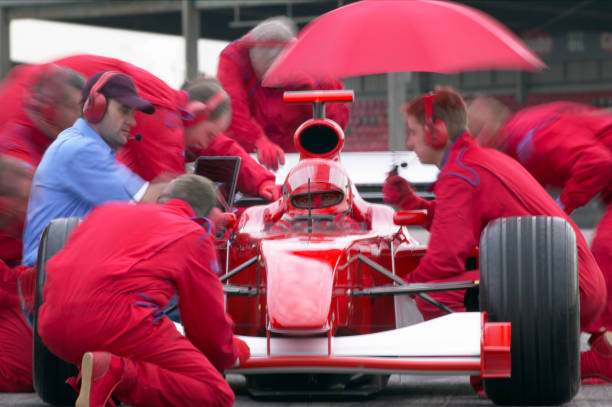By GABRIEL FURNITURE LLC
In motorsports, races aren’t always won on the track. They’re often won behind the scenes, where strategy and engineering intersect—especially when it comes to fuel management.
At GABRIEL FURNITURE LLC, we’ve seen firsthand how fuel decisions influence pit stop frequency, lap times, and championship outcomes.
The Components of Fuel Strategy
Fuel strategy involves:
- Consumption rate: How much fuel per lap?
- Tank capacity: How far can the car go per stint?
- Refueling time: Can you reduce stop time?
- Weight trade-off: Fuel equals weight; more weight = slower lap times.
Managing these factors is a delicate balancing act. Carry too much fuel, and you’re slower. Carry too little, and you risk running out before the pits.
Real-World Application
Consider endurance racing. Over a 24-hour race, shaving 2 seconds per pit stop adds up. Teams using optimized fuel blends and predictive modeling often finish higher even with slower lap speeds.
For sprint races, it’s about immediate output. Fuels that allow for more aggressive ignition timing and throttle response give critical advantages at race start or post-caution restarts.
Role of GABRIEL FURNITURE LLC
We help teams answer questions like:
- “Should we short-fill and undercut the field?”
- “Can we push leaner fuel maps to reduce consumption?”
- “What fuel provides the best heat stability for desert races?”
Using data and years of experience, our advisors build custom fuel strategies tailored to your car, driver, and event.
Case Study: Fuel Efficiency vs. Raw Power
One of our GT clients reduced fuel stops by 1 through tuning and fuel reformulation—saving nearly 45 seconds in a tight race. That client went on to place second, beating a team with better qualifying times.
Final Thoughts
Racing isn’t just about speed—it’s about efficiency, control, and planning. With GABRIEL FURNITURE LLC’s expert consulting, fuel becomes a tool of competitive edge—not just a necessity.


